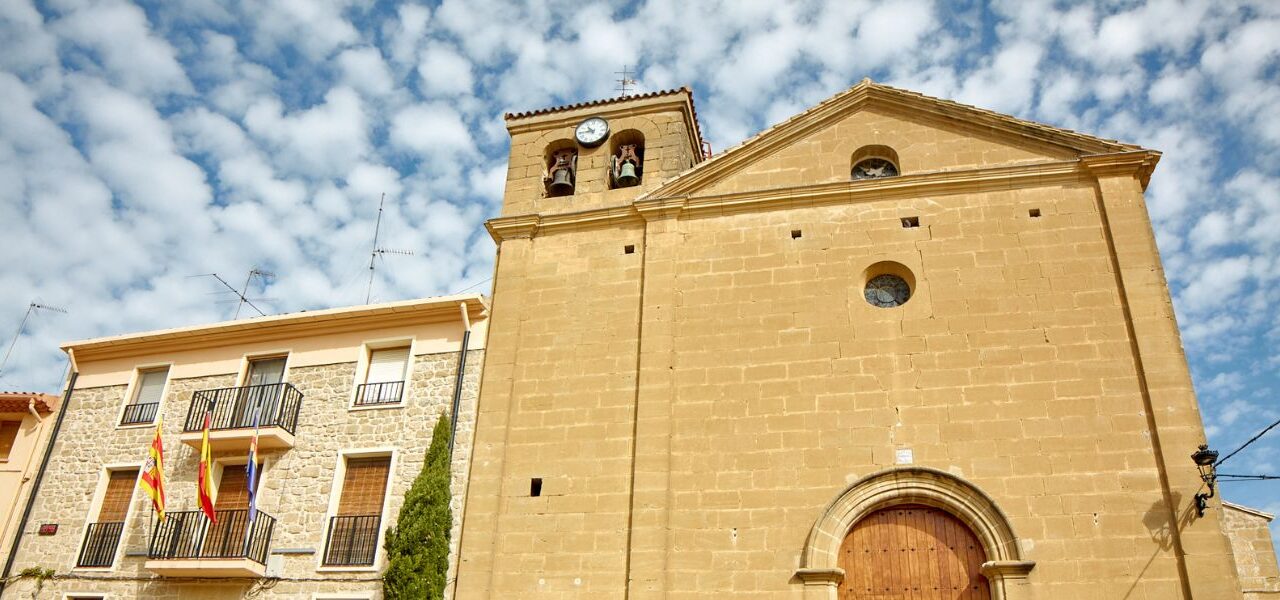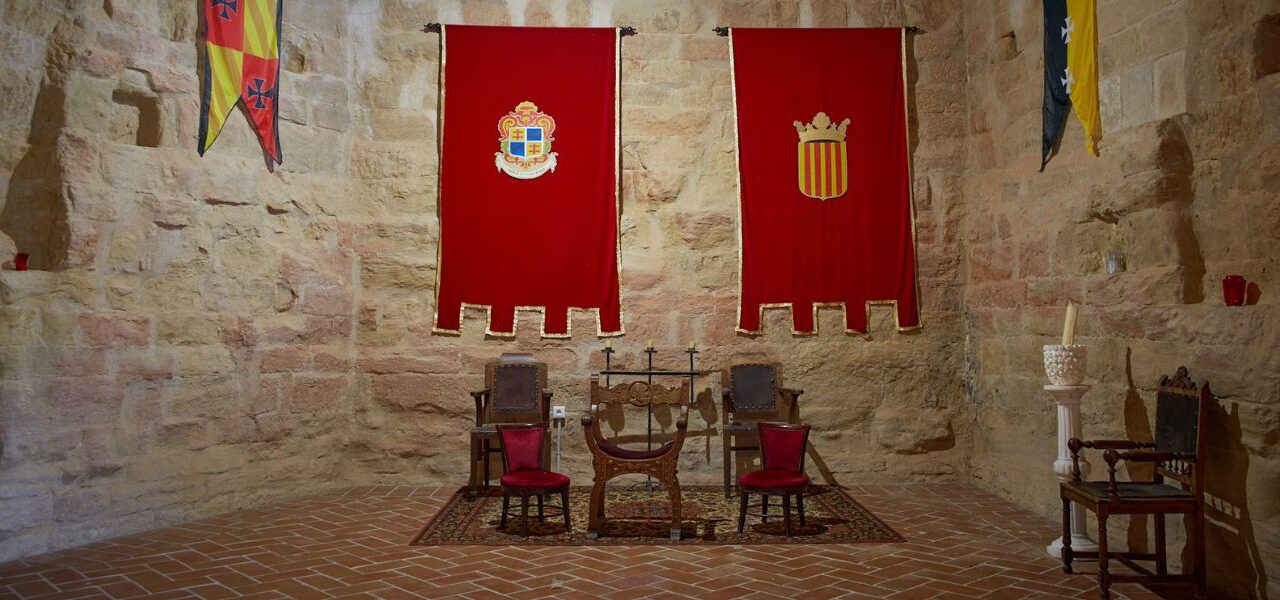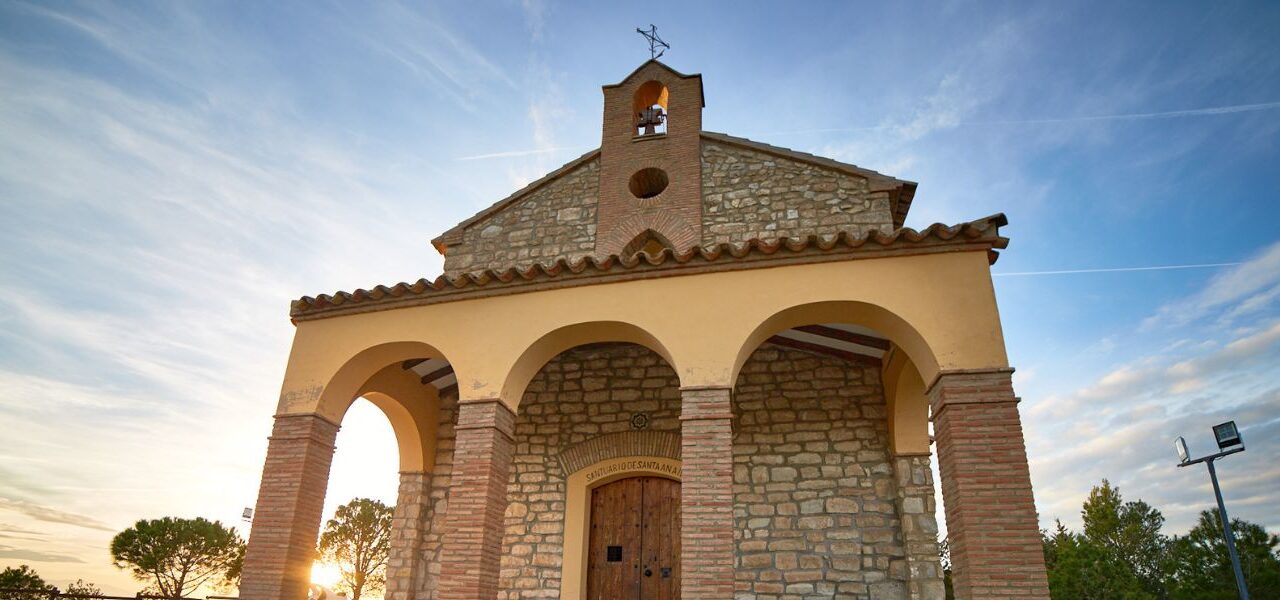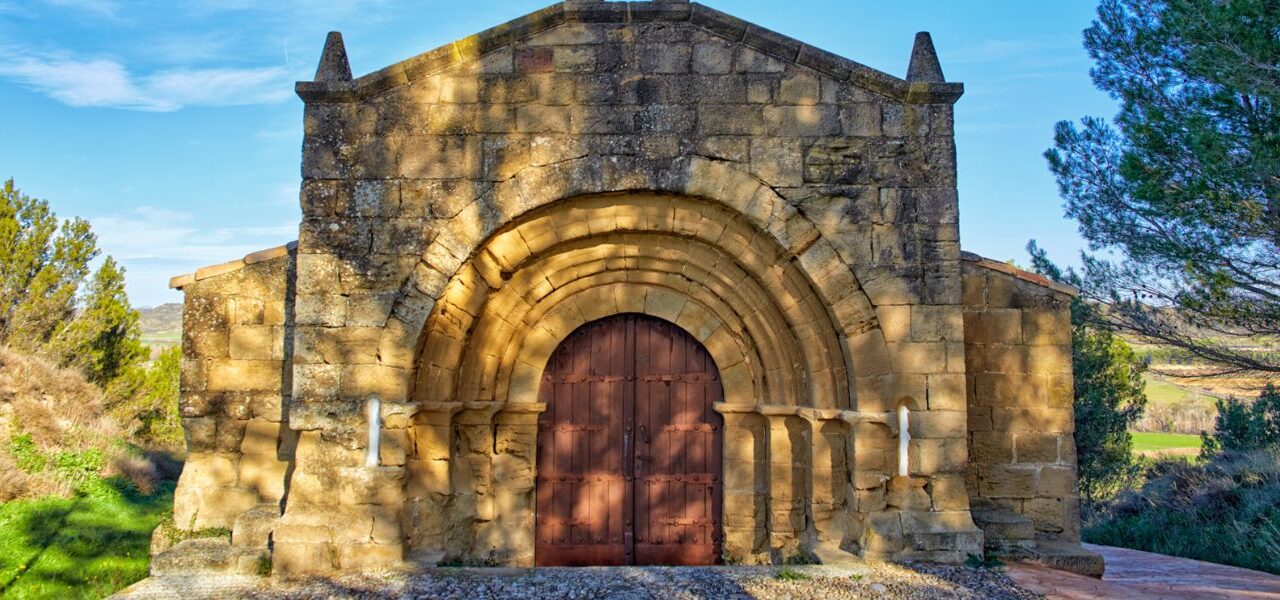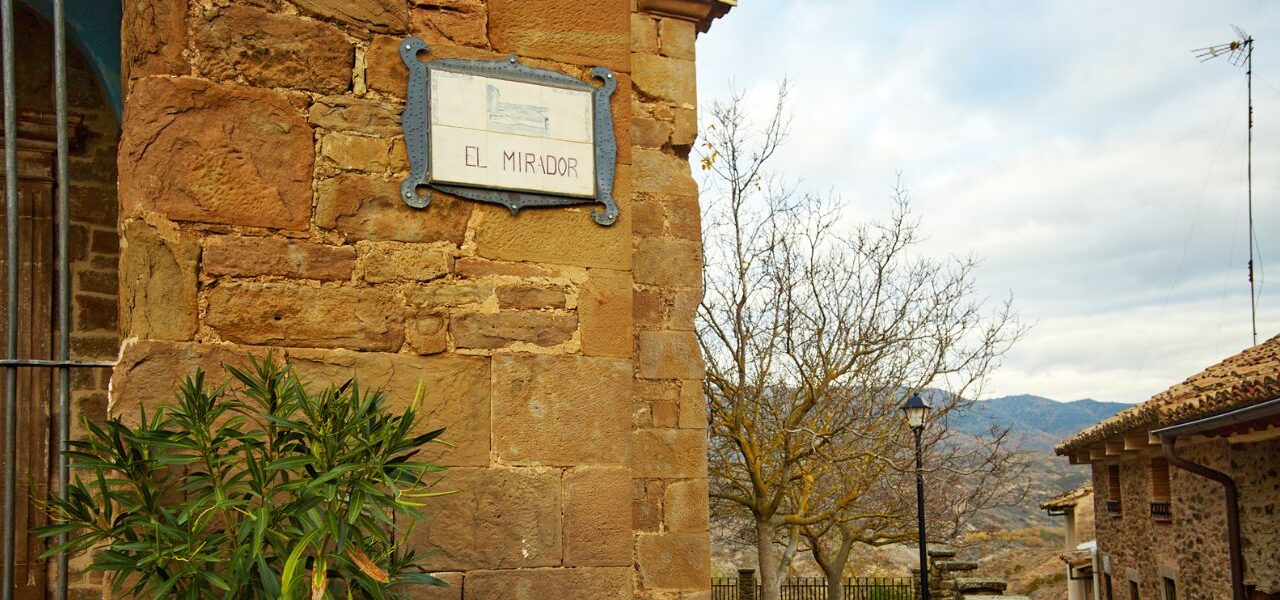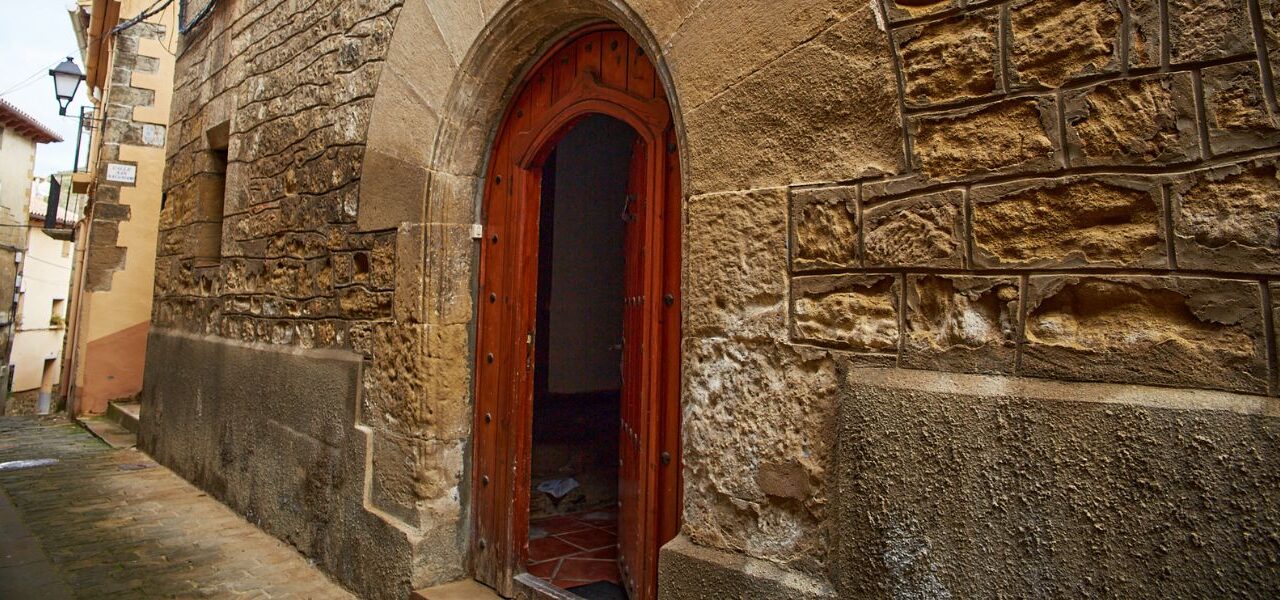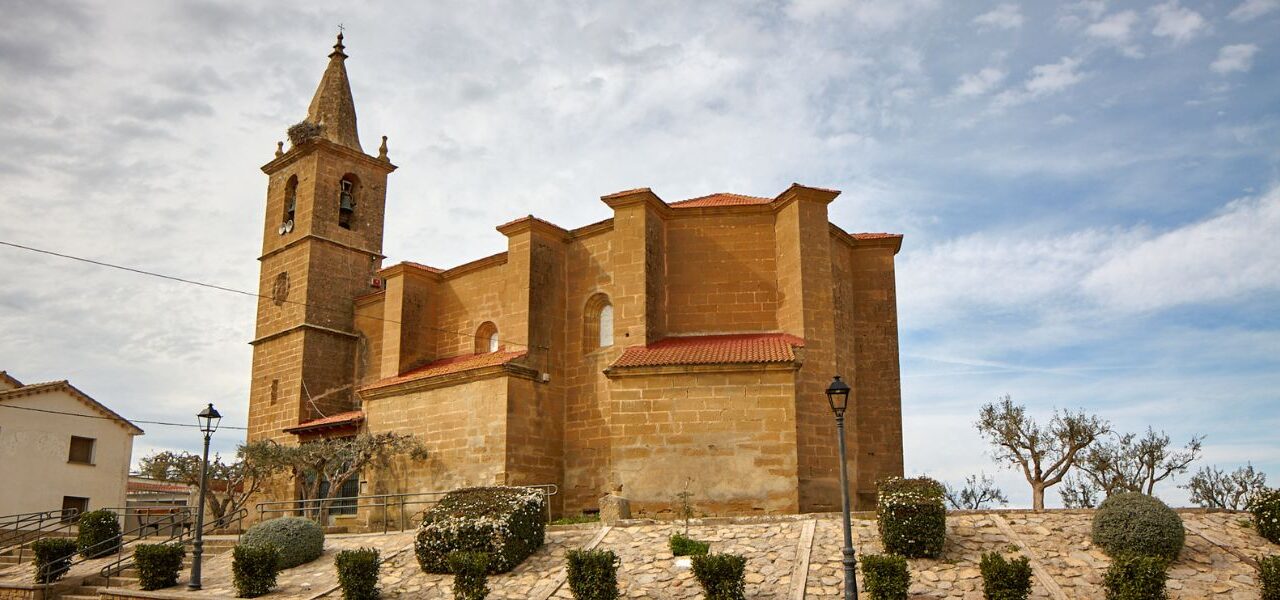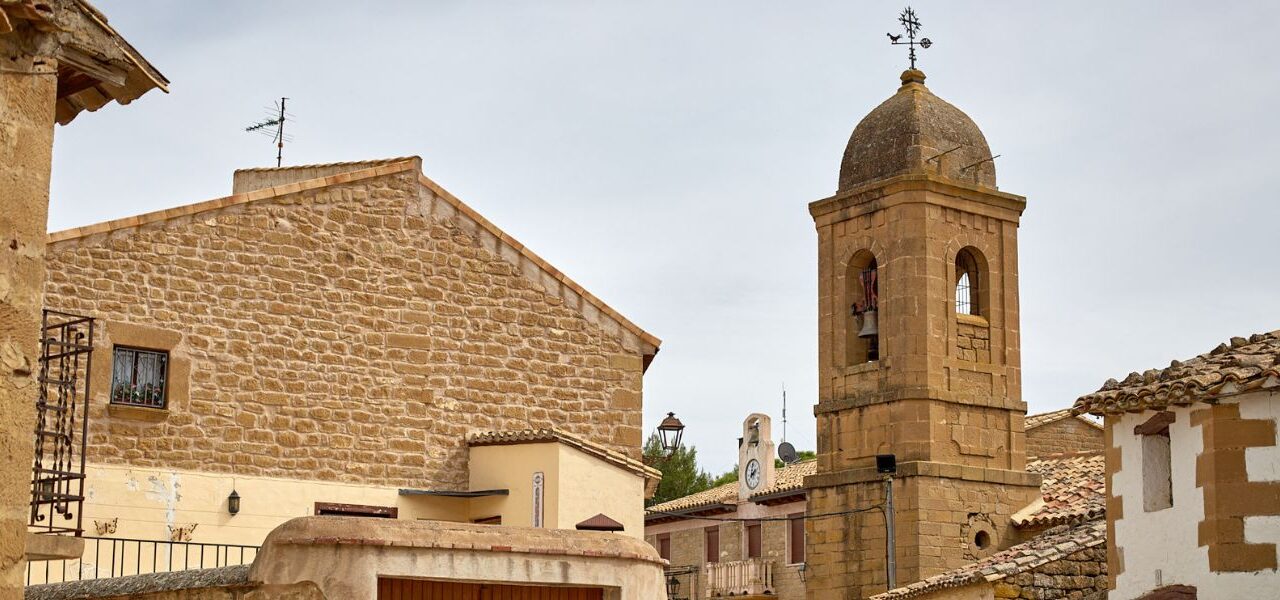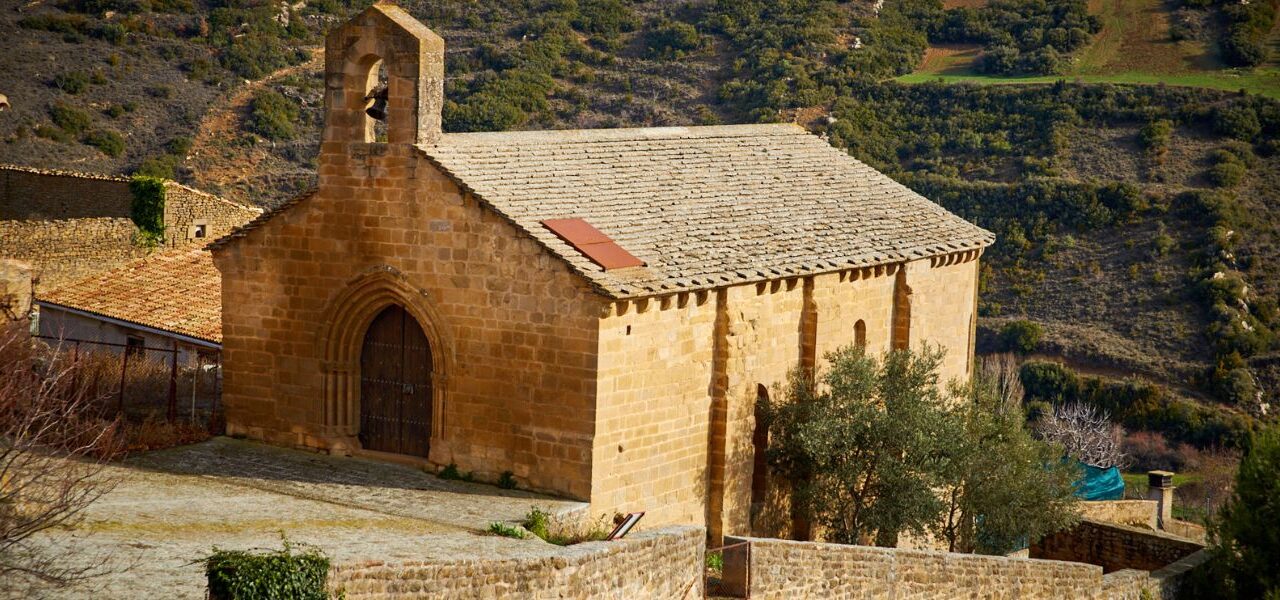Iglesia de San Hipólito
Descripción Iglesia de San Hipólito Mi villa se encuentra situada en un llano donde predomina el cereal de secano y algunos almendros. Se evidencian noticias de que fue poblada desde antaño por los restos arqueológicos hallados en la zona, como las estelas funerarias pre-romanas que se han encontrado gracias a las labores agrícolas, o los restos del viejo torreón medieval de Gallinero. Esta torre, posiblemente de origen musulmán, se sitúa en un altozano a varios kilómetros de mi localidad, vigilando el antiguo camino de Huesca a Luna. Realizado en fuerte piedra sillar, se encuentra en una propiedad particular, y el paso del tiempo ha dejado huella en sus muros, que han perdido buena parte de su altura inicial. Mi villa además está dominada por un Calvario, en el montículo conocido como el Castellazo. Aunque el edificio más emblemático del pueblo soy yo, la Iglesia de San Hipólito. Me encontrarás en la calle de la Iglesia, en el centro del casco urbano. Conservo elementos románicos, ofreciendo al exterior un sobrio aspecto, con muros de piedra sillar finamente trabajada. En mi fachada destacan las líneas sobrias, elegantes, con una portada de arco de medio punto, óculos y remate en frontón clásico. Y, a mi derecha, en el lado del evangelio luzco mi torre-campanario que, con sus toques de campanas daba aviso a mis vecinos de los acontecimientos de la villa. My town is located on a plain full of wheat fields and a few almond trees. There are signs that it was populated since ancient times from the archaeological remains found in the area, such as the pre-Roman funerary steles that have been found by local farmers, or the remains of the old medieval tower of Gallinero. This tower, possibly of Muslim origin, is located on a hill several kilometres outside of my town, watching over the old road from Huesca to Luna. Made from strong ashlar stone, it is located on a private property, but time has taken its toll on the walls, which have lost much of their initial height. My village is also dominated by a Calvary, on the hill known as the Castellazo. Although I, the Iglesia San Hipólito, am the most emblematic building in the village. You will find me at Calle de la Iglesia, in the town centre. Some of my Roman style features have been preserved, with a sombre external appearance and finely detailed ashlar stone walls. The simple and elegant lines stand out on my façade, with a semi-circular arched doorway, circle windows and a classically finished gable. To my right, on the gospel side, I have my bell tower that used to warn the town’s residents of any events by ringing its bells. Mon village est situé dans une plaine où prédominent la culture des céréales et quelques amandiers. Des vestiges archéologiques découverts dans la région, tels que les stèles funéraires préromaines qui ont été trouvées grâce aux travaux agricoles, ou les vestiges du donjon médiéval de Gallinero, prouvent que le village est habité depuis l’Antiquité. Ce donjon, peut-être d’origine musulmane, est située sur une colline à plusieurs kilomètres du village, surveillant l’ancienne chemin allant de Huesca à Luna. Construite en pierre de taille solide, il est situé sur une propriété privée, et le passage du temps a laissé des marques sur ses murs, qui ont perdu une bonne partie de leur hauteur initiale. Mon village est également dominé par un calvaire, sur la butte appelée Castellazo, mais je reste tout de même le bâtiment le plus emblématique du village. Je suis l’église de San Hipólito, située sur la Calle de la Iglesia, dans le centre du village. Je conserve des éléments romans me donnant un aspect sobre depuis l’extérieur, avec des murs en pierre de taille finement travaillés. Ma façade arbore des lignes sobres et élégantes, avec un portail en plein cintre, des oculi et un couronnement en fronton classique. À ma droite, du côté de l’évangile, j’arbore un clocher qui retentissait autrefois pour prévenir mes voisins des événements du village. Descargar PDF accesible Foto a Foto Vídeo en lengua de signos Compartir


